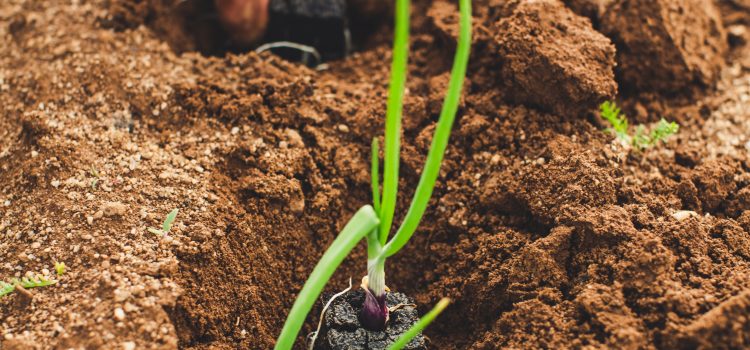
Language is a powerful tool that we use every day to communicate with others. However, the words we choose to use can have a significant impact on our beliefs and actions. In this article, we will explore how language can shape our perceptions of the world and influence our behavior.
The Power of Words
Words have the power to shape our thoughts and beliefs. The language we use can influence how we perceive the world around us and how we interact with others. For example, the words we use to describe a person can impact how we view them. If we describe someone as “lazy” or “unmotivated,” we may be more likely to see them in a negative light and treat them accordingly.
On the other hand, if we use positive language to describe someone, such as “hardworking” or “determined,” we may be more likely to view them in a positive light and treat them with more respect and kindness. The words we use can also impact how we view ourselves. If we constantly use negative self-talk, such as “I’m not good enough” or “I can’t do this,” we may start to believe these statements and limit ourselves.
The Impact of Language on Society
The language we use can also have a significant impact on society as a whole. The words we use to describe different groups of people can perpetuate stereotypes and discrimination. For example, using terms like “illegal aliens” to describe undocumented immigrants can dehumanize them and make it easier to justify mistreatment or discrimination.
Similarly, using gendered language, such as “fireman” or “policeman,” can reinforce gender stereotypes and make it harder for women and non-binary individuals to see themselves in these professions. By using more inclusive language, such as “firefighter” or “police officer,” we can help break down these barriers and create a more equitable society.
Using Language for Positive Change
While language can be used to perpetuate negative beliefs and actions, it can also be used for positive change. By using language that is inclusive, respectful, and empathetic, we can create a more welcoming and accepting society. This includes using gender-neutral language, avoiding ableist language, and being mindful of the words we use to describe different groups of people.
We can also use language to challenge harmful beliefs and actions. By calling out discriminatory language and behavior, we can help create a culture of accountability and promote positive change. Additionally, we can use language to educate others and raise awareness about important issues, such as social justice and environmental sustainability.
Conclusion
The words we use matter. They can shape our beliefs, influence our actions, and impact society as a whole. By being mindful of the language we use and striving to use language that is inclusive, respectful, and empathetic, we can create a more positive and equitable world. Let us all be mindful of the words we use and work towards creating a better future for all.

















